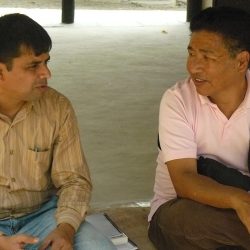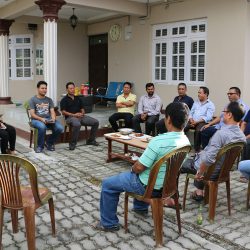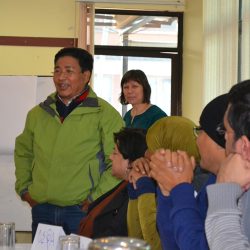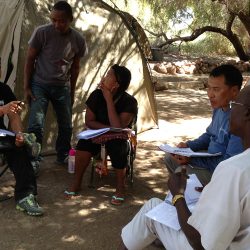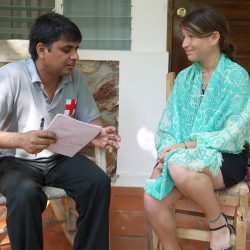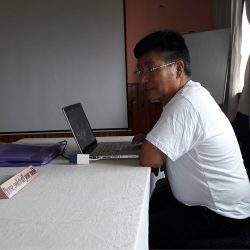Nepal Residential
Future Generations University Alumni
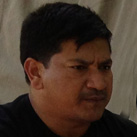
BUDHATHOKY PRADEEP, CLASS OF 2014
Practicum Summary: Climate change adaptation policies and its application at the empirical level: Gap analysis from the community perspective in Nepal
Pradeep’s research practicum is focused on the effects of climate change in Nepal, and the adaptive policies in place to prepare for resulting environmental challenges. Pradeep states that developing countries like Nepal are at a greater disadvantage than developed countries in the face of climate change, due to their limited resources, knowledge gap, and lack of institutional capacity. Agricultural communities at the local level in Nepal are particularly vulnerable to the unexpected changes in the natural climatic system which is disrupting their ability to earn a living. Although national policy has been developed related to climate change in Nepal, most local districts are unaware of these policies or do not know how to adapt them to their current administration, creating a gap between policy and actual implementation. In order to determine better ways to effectively implement policy on the local level, Pradeep conducted a research study in the districts of Kailali, Bardiya, Banke and Chitwan by collection information through focus group discussions, questionnaires, and participatory observation. In order to improve Nepal’s climate policies and implementation practices, Pradeep recommends providing additional training for local, community-based and civil society organizations to build capacity for policy implementation, and creating a climate adaptation fund to strengthen the resources of future programs.
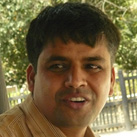 DAHAL SANTOSH, CLASS OF 2013
DAHAL SANTOSH, CLASS OF 2013
Practicum Summary: Human Trafficking in Nepal
Santosh’s practicum focuses on human trafficking in Nepal, which was started by the Rana regime when they began bringing girls from neighboring districts and Kathmandu valley for sexual exploitation as domestic workers. Gradually, this exploitation has expanded to include internal, cross-border, and international levels of trafficking, with trends shifting from forced prostitution to organ transplantation. To collect information, Santosh used participatory tools such as questionnaires and interviews to identify the community attitudes regarding human trafficking victims of 24 respondents from the Bhaise Village Development Committee in the Makwanpur District. Santosh’s primary objective was to discover the details of trafficking in the region, and to identify the underlying causes of the practice. The study found that human trafficking occurred due to the lack of employment opportunities and resulting low incomes, which make it difficult, specifically for women and children, to live a comfortable life. It was also discovered that the traffickers are primarily relatives of those being exploited, even their immediate family members. Other contributing factors to trafficking include infertile land, lack of education, and poor irrigation, leading to limited income opportunities and a limited food supply. Thousands of women and children are trafficked to India each year, which serves as either a destination for those seeking prostitution, or a transit route for trafficking in the Gulf States and South-East Asia. In order to reduce instances of human trafficking, Santosh recommends educating foreign governments on the situation, and providing income generating activities for vulnerable community members.
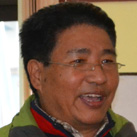
GURUNG NAWUNG, CLASS OF 2005
Practicum Summary:
Nawang remains involved with Future Generations University as the Lead Explorer in Barun, Nepal for the Songs Of Adaptation research project. A native to the Himalayas, he is a community builder working to make a difference in vulnerable communities.

